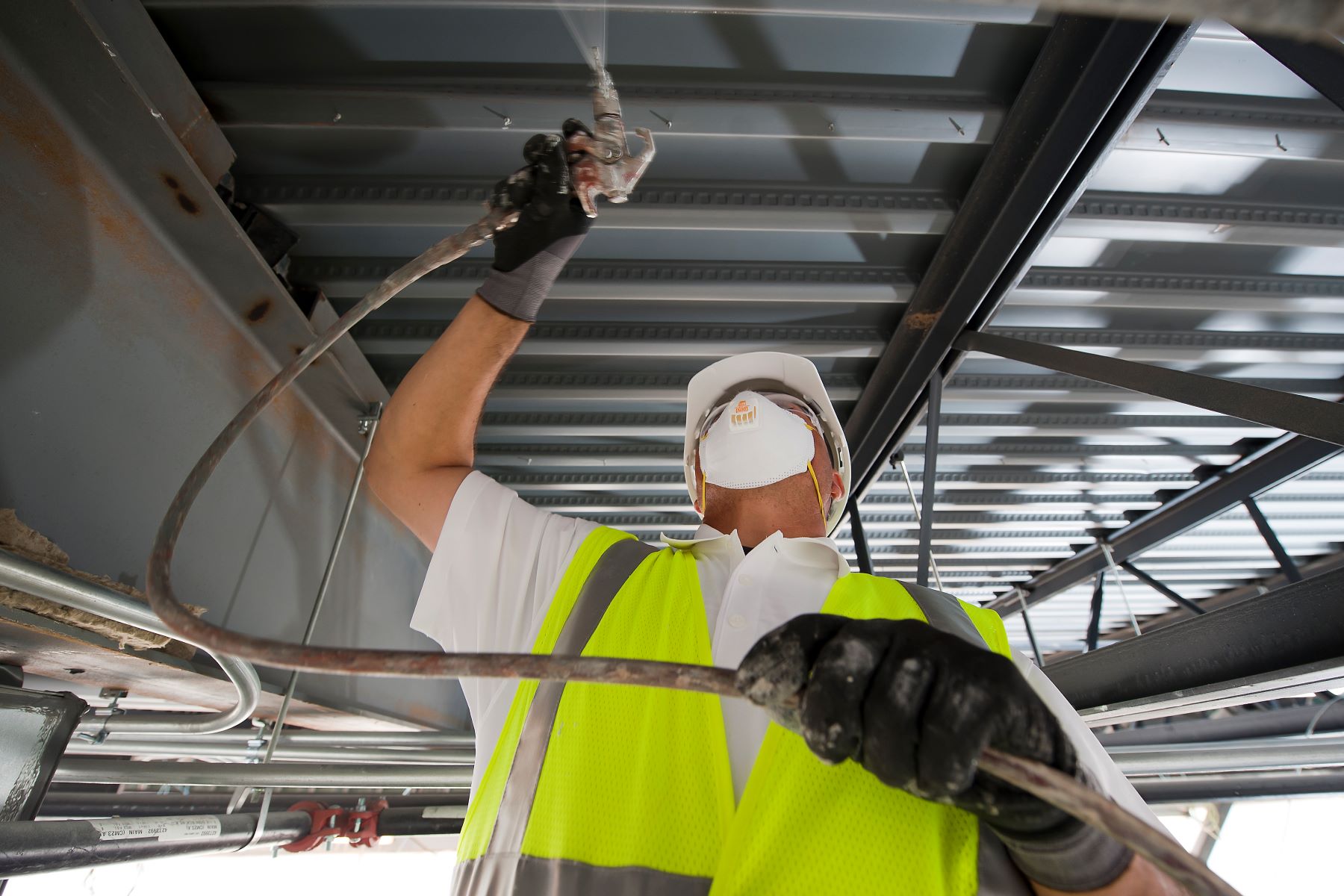When it comes to roofing systems, metal roofing has gained immense popularity due to its durability, longevity, and aesthetic appeal. However, the installation process is critical to maximizing these benefits. One often overlooked yet essential component in metal roofing installation is the use of furring strips. This article delves into the reasons why furring strips are indispensable under metal roofing, exploring their benefits, installation techniques, and the overall impact on roofing performance.
Understanding Furring Strips
Furring strips are thin strips of wood or metal that are installed perpendicular to the roof rafters or trusses. They create a space between the roofing material and the underlying structure, serving multiple purposes that enhance the overall performance of the roofing system.
- Improved Ventilation
One of the primary reasons to install furring strips under metal roofing is to facilitate proper ventilation. Metal roofs can trap heat, leading to increased temperatures in the attic space. By creating an air gap, furring strips allow for better airflow, which helps to regulate temperature and moisture levels. This ventilation is crucial in preventing condensation, which can lead to mold growth and structural damage over time.
- Enhanced Insulation
Furring strips also play a vital role in improving the insulation of a building. When installed correctly, they create a space that can accommodate insulation materials, thereby enhancing the thermal performance of the roof. This added insulation layer can significantly reduce energy costs by keeping the building cooler in the summer and warmer in the winter. Additionally, it contributes to a more comfortable indoor environment.
- Structural Support
Metal roofing panels can be quite heavy, and proper support is essential to ensure their longevity. Furring strips provide an additional layer of structural support, distributing the weight of the roofing material evenly across the underlying framework. This distribution minimizes the risk of sagging or warping, which can compromise the integrity of the roof over time.
- Preventing Corrosion
Another critical benefit of using furring strips is the prevention of corrosion. When metal roofing is installed directly onto a solid substrate, moisture can become trapped between the two surfaces, leading to rust and deterioration. Furring strips create a gap that allows moisture to escape, reducing the risk of corrosion and extending the lifespan of the roofing material.
- Aesthetic Flexibility
Furring strips also provide aesthetic advantages. They allow for the installation of various roofing materials and styles, enabling homeowners and builders to achieve the desired look without compromising functionality. The space created by furring strips can accommodate different finishes, making it easier to achieve a polished and professional appearance.
Installation Considerations
When installing furring strips under metal roofing, several factors should be considered:
- Material Selection: Choose high-quality, treated wood or metal furring strips that can withstand environmental conditions. Treated wood is particularly effective in resisting moisture and pests.
- Spacing: Proper spacing between furring strips is crucial. Typically, they should be spaced 16 to 24 inches apart, depending on the roofing material and local building codes.
- Alignment: Ensure that furring strips are aligned correctly with the rafters or trusses to provide adequate support and prevent any structural issues.
- Ventilation Channels: Consider incorporating ventilation channels between the furring strips to enhance airflow and moisture management.
Conclusion
In summary, the installation of furring strips under metal roofing is not merely an optional step; it is a critical component that enhances the overall performance, durability, and aesthetic appeal of the roofing system. By improving ventilation, insulation, and structural support while preventing corrosion, furring strips contribute significantly to the longevity of metal roofs. For homeowners and builders looking to maximize the benefits of metal roofing, investing in quality furring strips is a decision that pays off in the long run. As the roofing industry continues to evolve, understanding the importance of such components will ensure that structures remain resilient and efficient for years to come.

